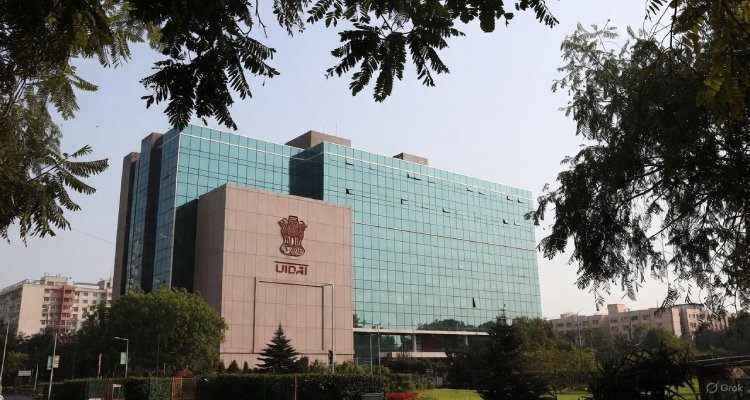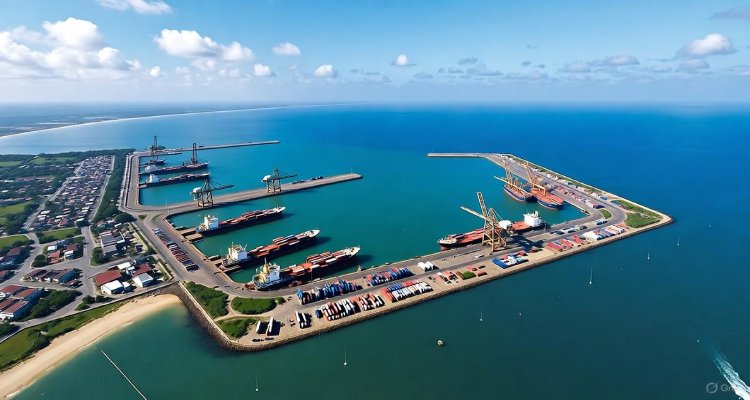Three Major Ports Recognised as Green Hydrogen Hubs: India’s Push Toward a Cleaner Energy Future
India designates three major ports—Deendayal, V.O. Chidambaranar, and Paradip—as Green Hydrogen Hubs under the National Green Hydrogen Mission, marking a new era in clean energy infrastructure.
Introduction: Ports Leading India’s Green Revolution
In a defining moment for India’s clean energy ambitions, the Ministry of New and Renewable Energy (MNRE) has designated three major ports—Deendayal (Gujarat), V.O. Chidambaranar (Tamil Nadu), and Paradip (Odisha)—as Green Hydrogen Hubs under the National Green Hydrogen Mission (NGHM).
This recognition positions these maritime gateways as pivotal players in India’s transition towards a low-carbon, energy-secure future and underscores the nation’s intent to lead the global green hydrogen economy.
Context: What Makes Hydrogen “Green”?
Hydrogen, the universe’s most abundant element, is rarely found in its pure form and must be extracted through energy-intensive processes. The environmental impact of hydrogen production depends heavily on the energy source used for extraction:
- Grey Hydrogen: Produced from natural gas through steam methane reforming—highly carbon-intensive.
- Blue Hydrogen: Uses similar methods as grey hydrogen but incorporates carbon capture and storage (CCS) to reduce emissions.
- Green Hydrogen: Generated via electrolysis powered by renewable energy sources such as solar or wind—resulting in zero carbon emissions.
The cleaner the electricity source, the greener the hydrogen—making renewable-powered electrolysis the gold standard for sustainable hydrogen production.
National Green Hydrogen Mission: India’s Vision for a Carbon-Neutral Economy
Launched in January 2023, the National Green Hydrogen Mission (NGHM) represents India’s most ambitious clean energy plan yet. With an outlay of ₹19,744 crore, the mission aims to make India a global hub for green hydrogen production and export.
Key goals include:
- Producing 5 million tonnes of green hydrogen per year by 2030
- Attracting ₹8 lakh crore in green hydrogen investment
- Reducing the cost of hydrogen through large-scale domestic production
- Creating new jobs and industries aligned with India’s Net Zero 2070 target
Under the mission’s SIGHT programme, incentives are offered for both electrolyser manufacturing and green hydrogen production, while pilot projects in emerging sectors are supported through public-private R&D frameworks.
Main Development: Recognition of Three Strategic Ports
The recognition of Deendayal, V.O. Chidambaranar, and Paradip ports as Green Hydrogen Hubs marks a strategic step toward integrated hydrogen ecosystems.
These ports were chosen for their geographical advantages, industrial connectivity, and renewable energy potential—key ingredients for establishing self-sustaining hydrogen clusters.
The government’s cluster-based development model focuses on creating hydrogen valleys, where production, storage, and utilization occur within a defined region. This approach minimizes transport challenges, optimizes resource use, and promotes economies of scale.
Expert Insight: “Ports Are the Nerve Centers of the Hydrogen Economy”
Energy policy analysts emphasize that India’s port-based hydrogen model could transform how the nation approaches clean energy logistics.
“Ports will become the nerve centers of India’s hydrogen economy,” says an energy transition expert from TERI (The Energy and Resources Institute).
“They offer natural advantages—coastal proximity for exports, space for renewable infrastructure, and access to industrial clusters that are early adopters of clean fuel.”
By aligning port operations with hydrogen production and export, India not only strengthens its energy independence but also gains a competitive edge in the global hydrogen export market, particularly to Europe and East Asia.
Impact & Implications: The Road Ahead
The MNRE’s recognition of these ports sets the stage for multi-dimensional growth and transformation:
- Economic Opportunity:
The green hydrogen market in India could reach $8 billion by 2030, expanding to $340 billion by 2050—fueling investment, infrastructure, and employment. - Decarbonizing Industry:
Hydrogen adoption can drastically reduce emissions in steel, cement, fertilizers, and transport sectors, all critical to India’s industrial economy. - Global Export Hub:
Ports like Paradip and Deendayal could emerge as export gateways for green hydrogen derivatives like ammonia and methanol, tapping into global demand. - Technological Innovation:
The Mission’s Strategic Hydrogen Innovation Partnership (SHIP) aims to accelerate R&D, skill development, and domestic manufacturing, ensuring India leads in hydrogen technologies rather than importing them. - Energy Security & Net Zero Goals:
Reducing dependence on imported fossil fuels strengthens India’s strategic energy autonomy, aligning with its Net Zero 2070 vision.
Conclusion: A Milestone in India’s Green Transition
The recognition of three major ports as Green Hydrogen Hubs is more than symbolic—it’s a blueprint for how India can industrialize sustainably, export clean energy, and lead the global decarbonization movement.
By combining policy innovation, infrastructure readiness, and private sector participation, India is poised to redefine its energy landscape—anchored by its ports and powered by green hydrogen.
As the hydrogen economy gathers momentum, these hubs will stand as lighthouses of India’s clean energy future, guiding the nation towards its Net Zero horizon.
Disclaimer: This article is based on officially released information by the Ministry of New and Renewable Energy and related policy frameworks. It is intended for informational and educational purposes and does not represent investment or policy advice.











